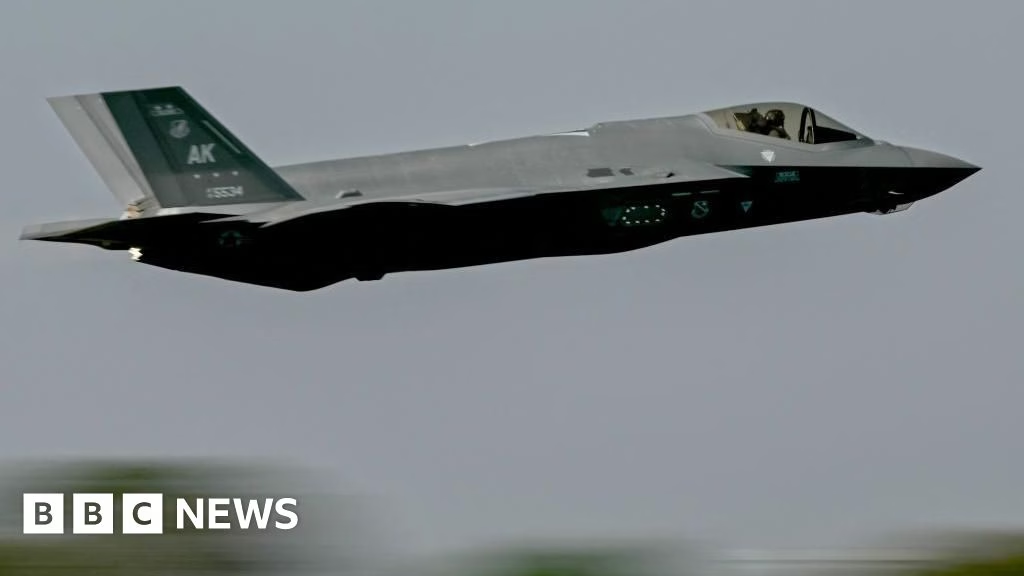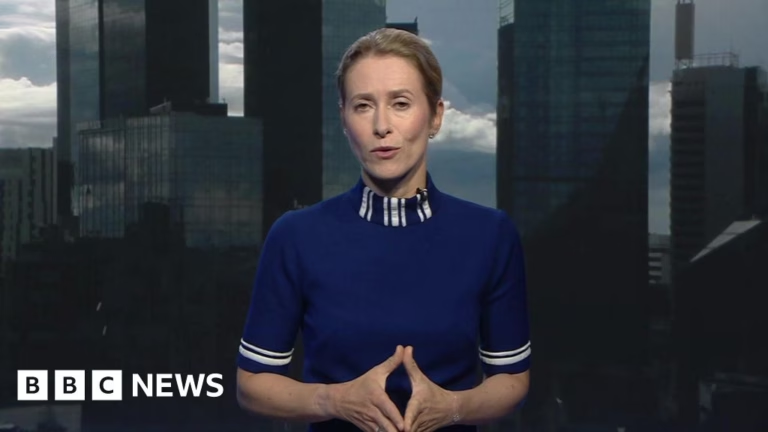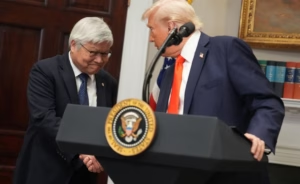India is contemplating a significant upgrade to its air force fleet, but the decision on whether to acquire the advanced F-35 fighter jet from the United States or to strengthen ties with Russia and opt for the Sukhoi Su-57 remains a subject of intense debate. During Prime Minister Narendra Modi’s meeting with US President Donald Trump, Trump announced that the way was being paved for India to get F-35s, which are typically sold only to close US allies.
The F-35 is a fifth-generation, multi-role fighter jet that boasts advanced sensors, AI-driven combat systems, and exceptional stealth capabilities. However, it comes at a substantial cost of $80 million per unit. Experts point out the challenge India would face in integrating such sophisticated aircraft into its current fleet, especially without the rights for joint production. Senior fellow at the Carnegie Endowment for International Peace, Ashley J. Tellis, notes that integrating the F-35 into India’s defense infrastructure is unlikely because of Modi’s emphasis on manufacturing in India and potential concerns regarding US monitoring in the event of a sale.
On the other hand, the closure of a decade-long program to co-produce Russia’s Sukhoi Su-57 in 2018 has cast doubt on Russia’s aircraft as a serious contender. Despite the initial optimism, India backed out due to disputes over technology transfer, cost-sharing, and specifications. However, the Russian jet is cheaper, and questions remain over India’s willingness to invest heavily in the F-35.
India’s planned fighter jet expansion mainly involves homegrown solutions. Orders for 83 Tejas Mark 1A, an agile multirole homegrown fighter, have been confirmed, with 97 more expected soon. Development is ongoing for the more advanced Mark 2. Moreover, India intends to procure 114 multirole fighter jets under the IAF’s $20bn program, requiring them to be manufactured in India with technology transfer deals.
Experts highlight three key hurdles still facing the modernization of India’s air force: funding, delays, and dependence on foreign jets. Defense spending in India has shrunk in real terms and this, along with delays in delivery, could impede the goals of modernization. A significant mismatch between the ambition of the Indian government and the requirements of the IAF is also cited as an issue that contributes to the delays.
Source: https://www.bbc.com/news/articles/cdjyyd7nw1zo








